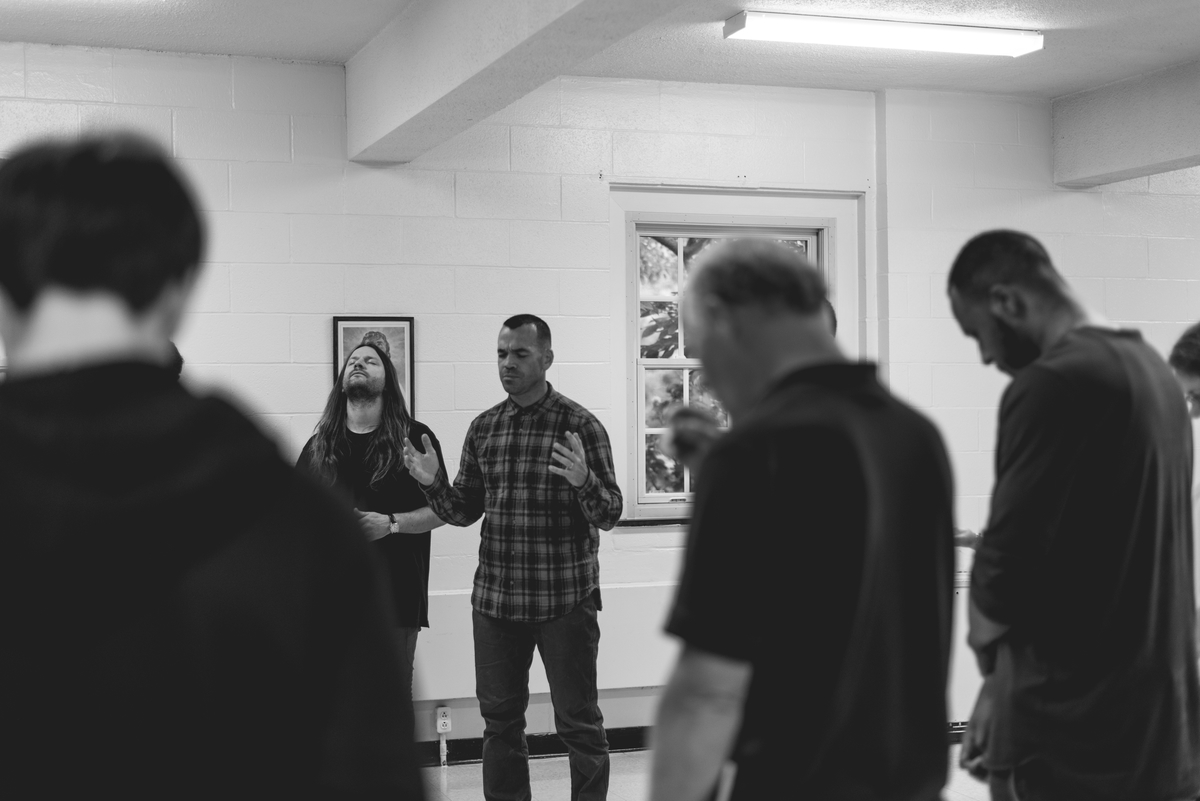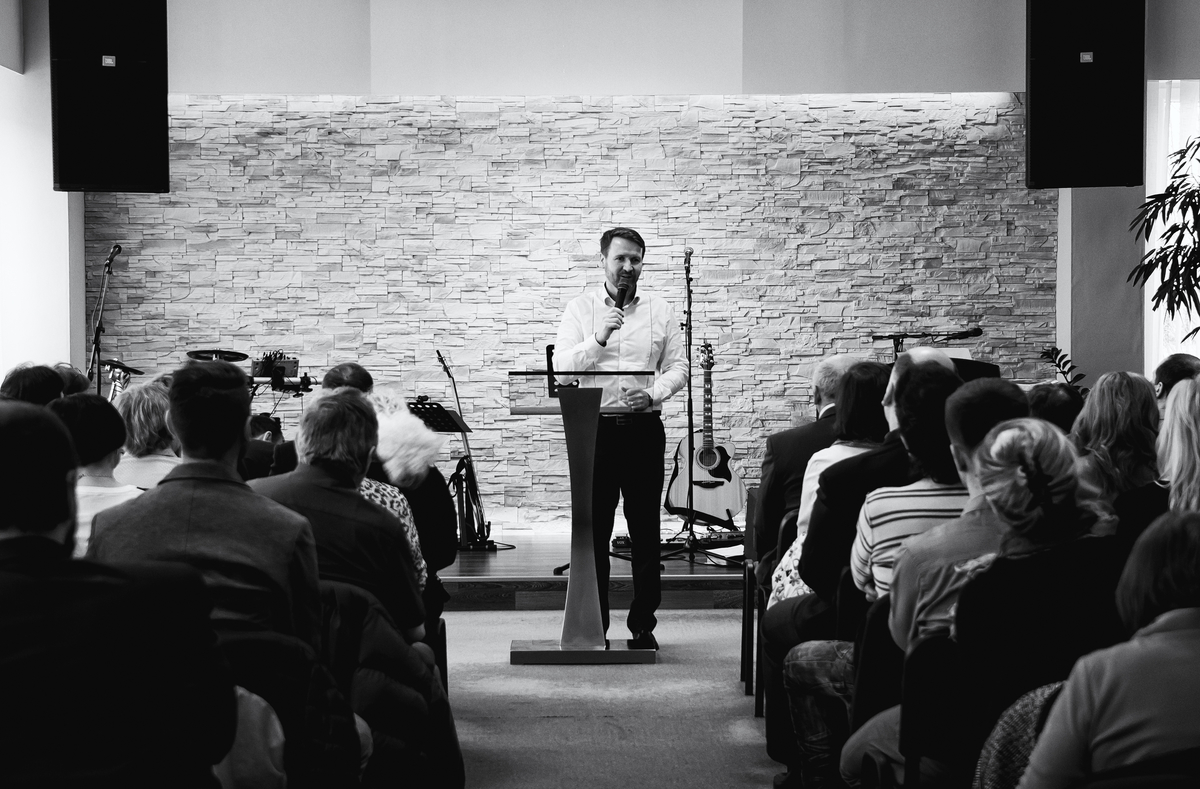Some church leaders offer the people in their churches a menu—a menu of all the programs, studies, activities, and events that the church programmatically offers. Essentially the message is “Here is what we have; choose what you want.” With this approach, churches have expanding menus as something can always be added. Churches with menus grow more and more complex and are likely to make less and less of an impact as energy and resources are divided in a plethora of directions.
Other church leaders, and sadly this is the minority, offer the people a map. The map reveals how the church strategically and intentionally uses all she offers to move people toward greater maturity in the faith. Churches with maps have a theology and philosophy of discipleship beneath their programs. In other words, they are not merely winging it. They are disciplined in their approach to discipleship.
Perhaps the biggest difference between churches with menus and churches with maps is in the leadership.
Travel agents offer menus and say, “Here are all the options. Best of luck.” They don’t join you on the adventure. They may never even experience the options they are putting before you.
Tour guides offer maps and say, “Let’s go on this journey together. We know the way. We have been on this journey before, and we are in this with you.”
Our churches don’t need spiritual travel agents who promote journeys they don’t take. We need tour guides who set a wise direction, take the journey with the people, and live all that they are inviting the people to live. This is mixing metaphors, but if all we give our people is a menu, we should stop bemoaning the fact that we are creating consumers.
When you look at all your church offers, do you have a map or a menu? Have you, in community with godly leaders, designed a discipleship process that brings people to greater maturity in Christ?






